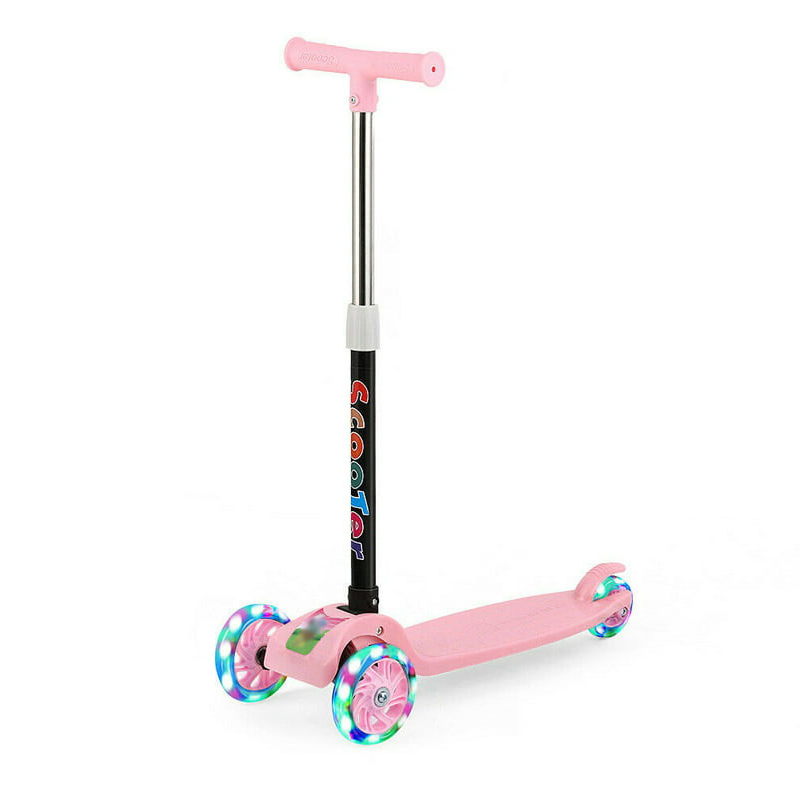The Evolution of Scooters A Journey Over the Last Two Years
In the bustling world of personal transportation, scooters have surged in popularity over the past two years, transforming the way people navigate urban environments. As cities continue to grapple with issues like traffic congestion, air pollution, and the need for sustainable practices, scooters—from electric to traditional stand-up models—have emerged as not only a trendy choice but also a practical solution.
The rise of e-scooters has been particularly noteworthy. Over the last two years, several cities have introduced electric scooter-sharing programs, allowing users to rent scooters for short periods. This innovation has facilitated greater accessibility to this mode of transport, catering to commuters seeking an alternative to crowded public transit or the hassle of car travel. With apps that allow users to locate and unlock scooters with just a few taps, the process is seamless, and the convenience is undeniable.
The Evolution of Scooters A Journey Over the Last Two Years
Scooters are not just about convenience; they also represent a shift towards sustainable living. In a world increasingly aware of climate change, scooters offer a zero-emissions alternative to fossil fuel-powered vehicles. Many municipalities have highlighted this environmental benefit as a pivotal reason for incorporating scooters into their transportation infrastructure. The last two years have seen a growing movement towards green initiatives, and scooters fit neatly into this narrative. By reducing reliance on cars, scooters can help decrease urban pollution and carbon footprints, reflecting a collective shift towards more sustainable urban mobility.
scooter 2 years

However, the rapid growth of the scooter market has not come without challenges. As the number of scooters on city streets has increased, so have concerns surrounding safety and regulation. Incidents involving careless riding, sidewalk riding, and improper parking have led to calls for stricter regulations. Cities have started to implement various measures, such as designated scooter lanes, speed limits, and user education campaigns, to mitigate these issues. These regulations aim to ensure that scooters coexist safely with pedestrians and other forms of transportation.
Another pressing concern has been the maintenance and longevity of scooters in shared fleets. Over the past two years, several companies have explored innovative solutions to address issues like vandalism and battery life. For instance, some companies are experimenting with durable designs and enhanced battery technology to improve user experience and reduce downtime. Additionally, regular maintenance checks and localized repairs are becoming more common practices to keep scooters in working condition and ensure safety for riders.
Looking ahead, the future of scooters appears bright. As technology continues to evolve, we can expect advancements such as smart features integrating GPS for navigation, improved battery systems for longer rides, and even autonomous scooter models. Transportation is likely to become more interconnected, with scooters potentially serving as a complimentary mode of transport within a broader ecosystem that includes bikes, public transit, and ride-sharing services.
In conclusion, the last two years have marked a significant turning point for scooters, as they have evolved from a niche trend to a cornerstone of urban transport. With continued innovation and thoughtful regulation, scooters offer a glimpse into the future of smart, sustainable, and efficient transportation alternatives. The journey of scooters highlights the ongoing adaptation of our cities to meet the changing needs and values of their residents, making urban life more connected and eco-friendly.
-

 Scoot&RideKids Child Kick Push Scooter 3 Wheels with LED Flashing Tilt Lean Boys Girls Scooter
Scoot&RideKids Child Kick Push Scooter 3 Wheels with LED Flashing Tilt Lean Boys Girls Scooter




- 4
$33.17 -

 Scoot&RideKids Scooter Child Kick Flashing LED Light Up 3 Wheel Push Adjustable Folding 3
Scoot&RideKids Scooter Child Kick Flashing LED Light Up 3 Wheel Push Adjustable Folding 3- 0
$25.52 -

 Scoot&RideKids Scooter Child Kick Flashing LED Light Up 3 Wheel Push Adjustable Folding 2
Scoot&RideKids Scooter Child Kick Flashing LED Light Up 3 Wheel Push Adjustable Folding 2- 0
$33.17 -

 Scoot&RideKids Scooter Teens Foldable Kick Push Scooter Adjustable Height Safe 2 Wheels
Scoot&RideKids Scooter Teens Foldable Kick Push Scooter Adjustable Height Safe 2 Wheels




- 4
$49.99
Meet our partners and discover what powers their creativity!
When you register for a Lohas scooter, you will receive a 10% discount on your first order and can be notified of sales, new product launches and other offers in advance.









